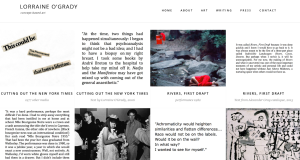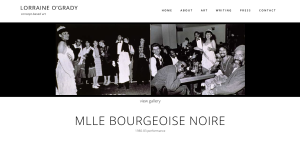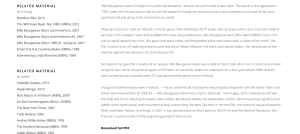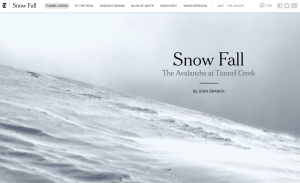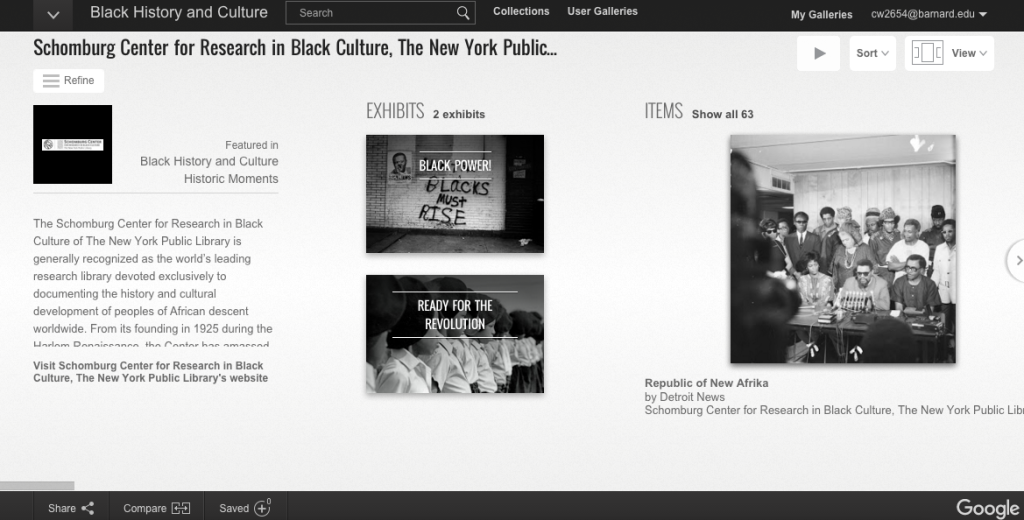When taking on academic research, I usually start with a quick Google search that often leads me to Wikipedia. Google and Wikipedia serve as great points of departure because they help clarify how I might move about refining a given project’s aim. Although many of us scholars are conditioned to be skeptical about the reliability, and validity of the information found on sites like Wiki, we use them anyway. Why? Because it’s a starting point? Because it’s free? Because it’s simple.? Because it’s ~usually~ right? If all of this is true, why then are many of our instructors so hell bent on ridding our academic research process of Wikipedia?
For one: anyone can post material on wiki–making it an extremely unreliable source. The uncertain level of expertise used for any given data entry makes the use of wiki inappropriate for academic work. Its for this reason that students/scholars have learned to avoid wiki.
Despite this, their have been those instructors who show indifference to the use of wiki and this indifference seems to be based an understanding of Wiki’s value. Wiki proves most valuable in cases where hyper-specific research (research that is in little-to-no way related to mainstream research/popular culture) needs to be done. In example, I would be more inclined to believe in the validity of a wiki entry on Quantum Turbulence because of the specific nature of the subject matter. The instructors that have encouraged or at least allowed limited use of wiki all recognize that it can be a great starting point for research.
I use wiki all the time as a starting point. Once I’ve gotten a general sense of the subject matter, I move past Google/wiki searches and forward with more refined research. One online tool that I always use at this refined stage of my research process is: Find Articles/Summons–a service that Columbia and other academic institutions subscribe to so that researchers can access newspaper articles, e-books, journal collections, etc. from a plethora of databases (including JSTOR, ProQuest, etc.) on one site.



